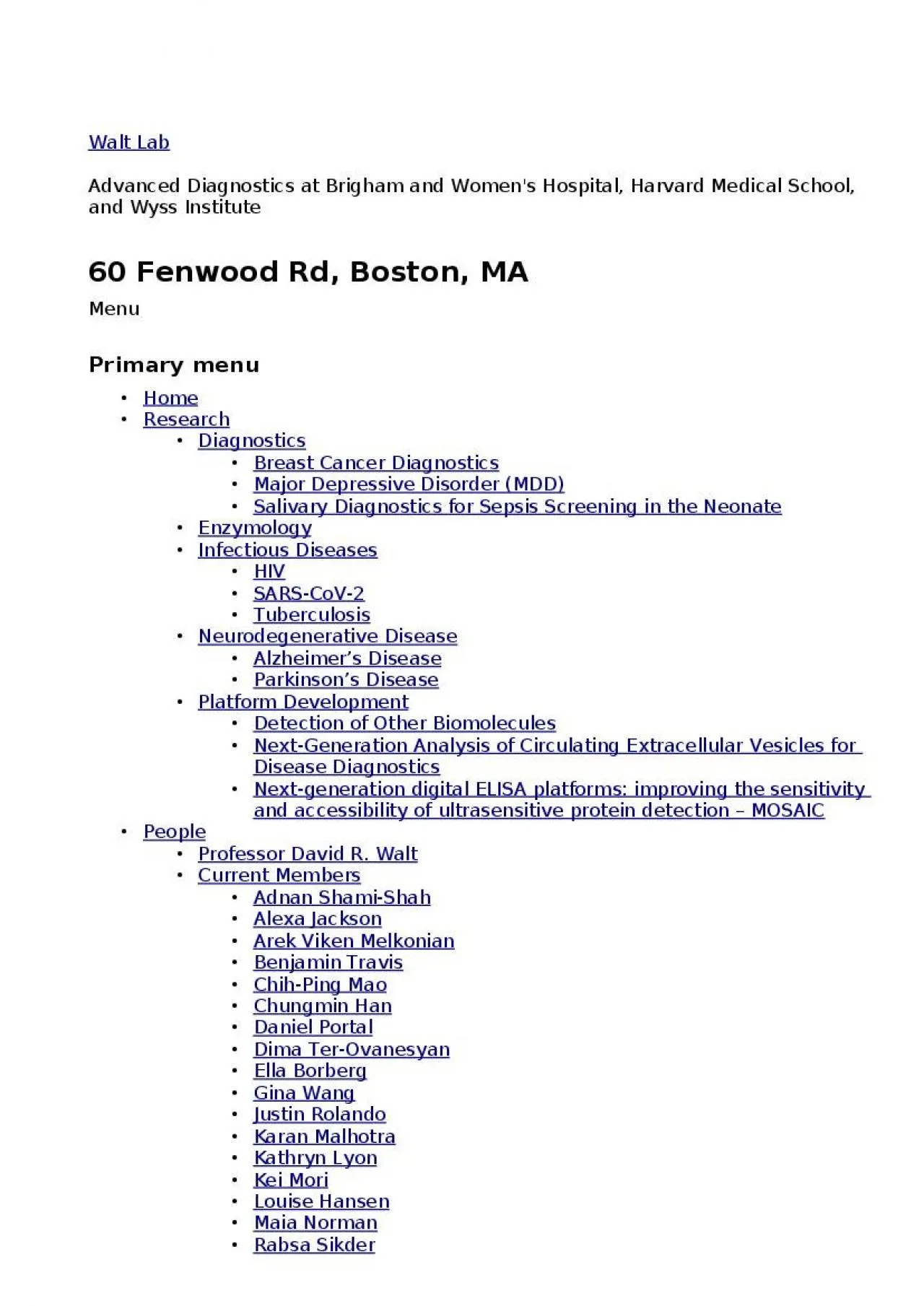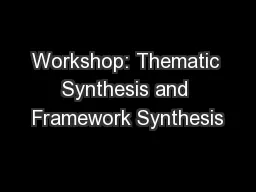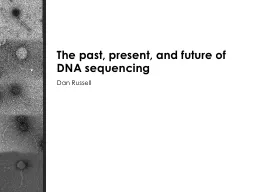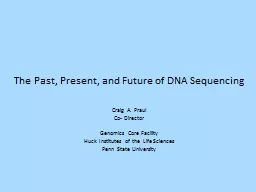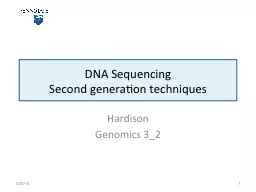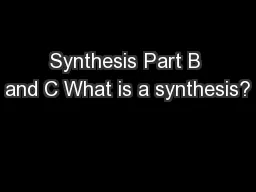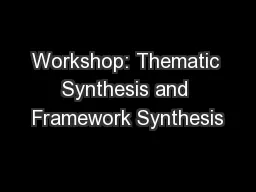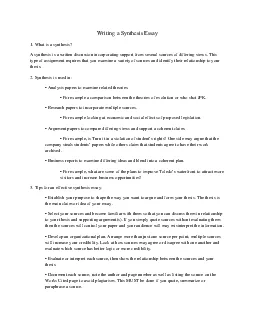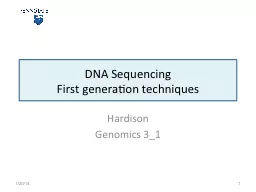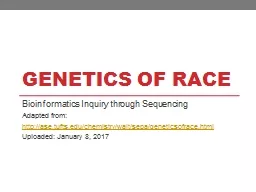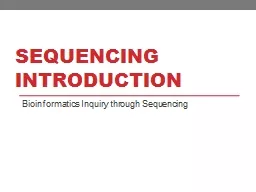PPT-Lesson: Sequencing by synthesis
Author : amey | Published Date : 2022-05-17
Goals Review central dogma and limits of DNA Understand history and recent advances in sequencing Understand the process sequencing by synthesis used to generate
Presentation Embed Code
Download Presentation
Download Presentation The PPT/PDF document "Lesson: Sequencing by synthesis" is the property of its rightful owner. Permission is granted to download and print the materials on this website for personal, non-commercial use only, and to display it on your personal computer provided you do not modify the materials and that you retain all copyright notices contained in the materials. By downloading content from our website, you accept the terms of this agreement.
Lesson: Sequencing by synthesis: Transcript
Download Rules Of Document
"Lesson: Sequencing by synthesis"The content belongs to its owner. You may download and print it for personal use, without modification, and keep all copyright notices. By downloading, you agree to these terms.
Related Documents

